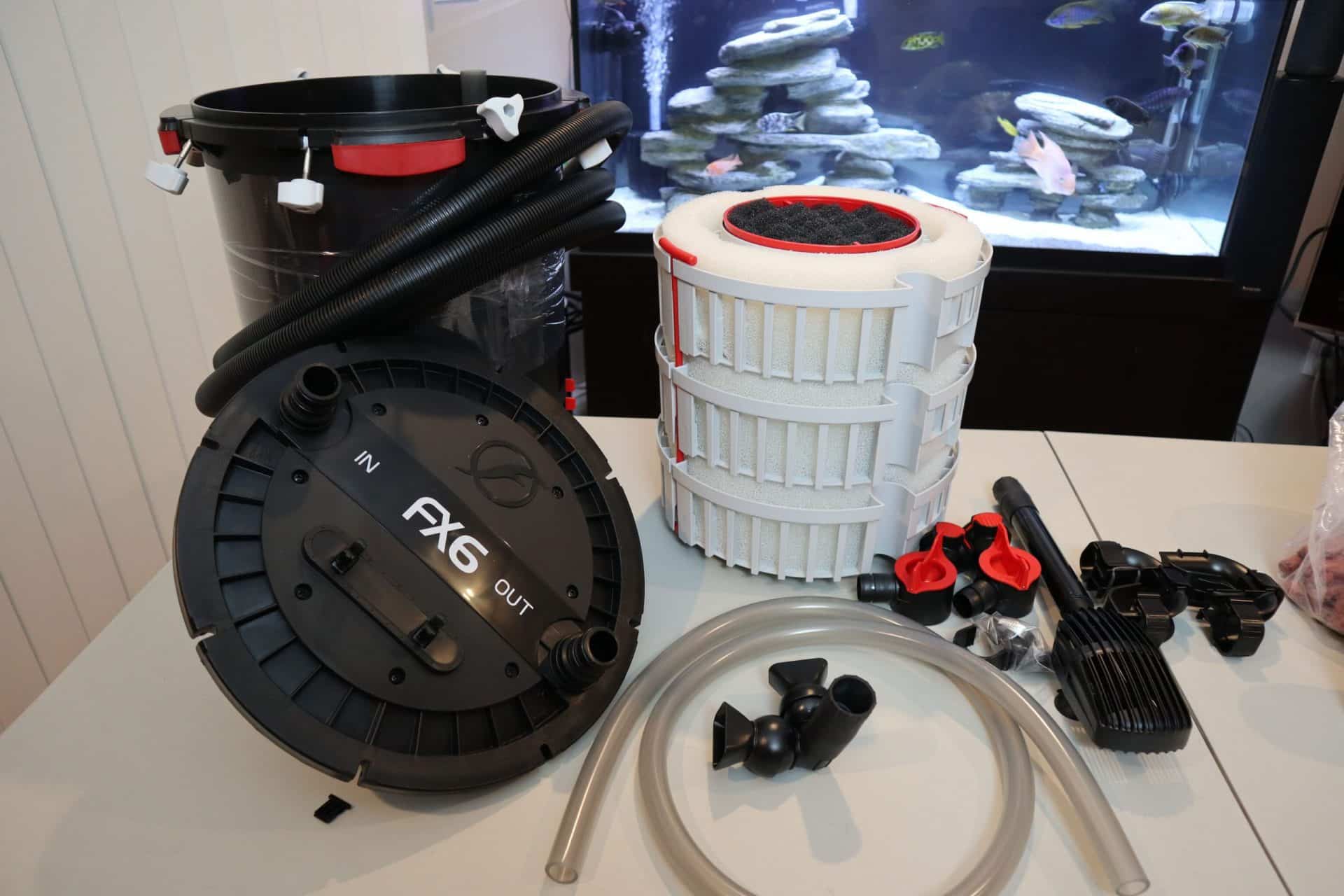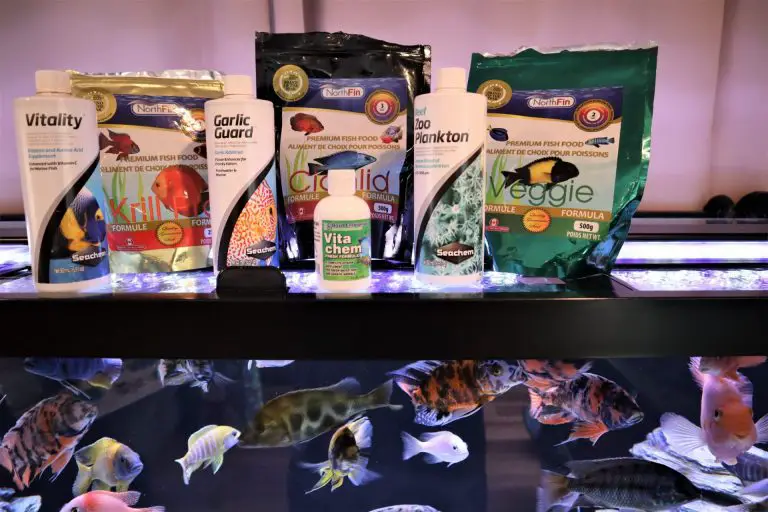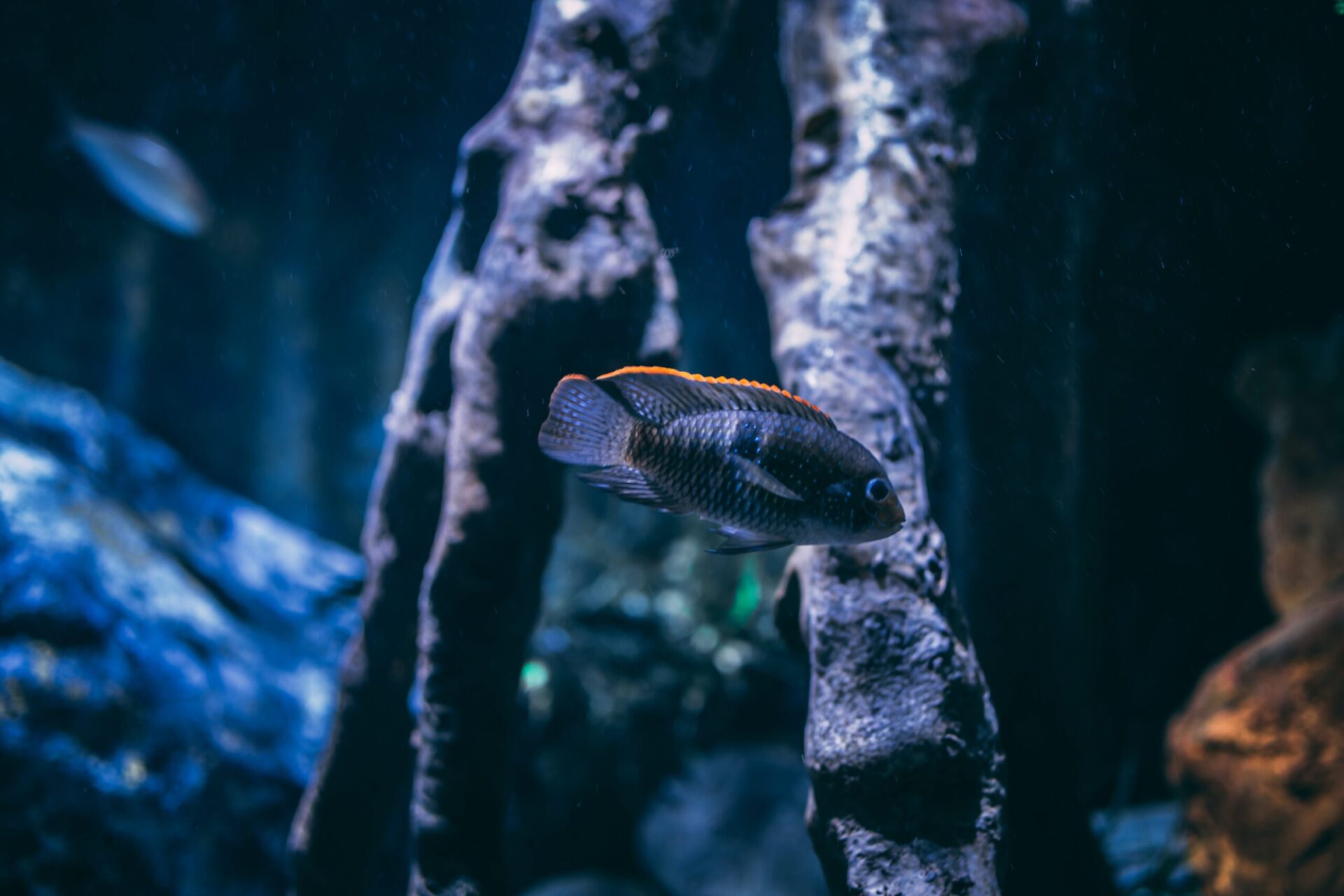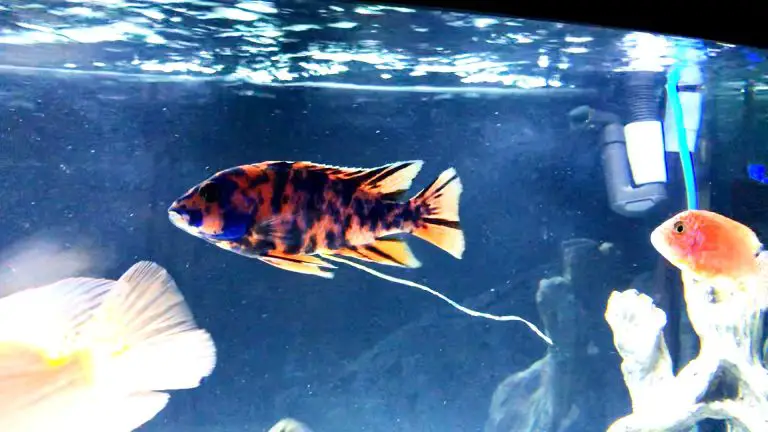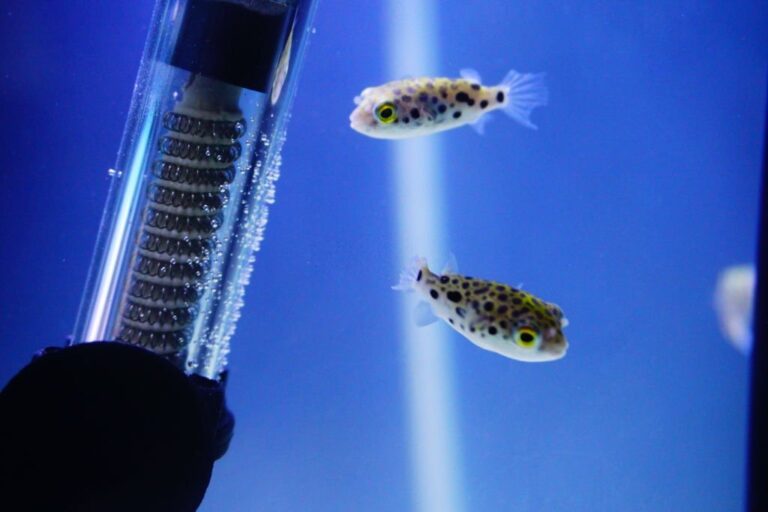How Does Fluval FX6 Work
The Fluval FX6 canister filter is a powerhouse of aquarium filtration. The internal pump can cycle through a staggering volume of water. This filter was designed by Fluval for use with larger aquariums and overstocked medium-sized tanks. But how does Fluval FX6 work?
The FX6 canister filter utilizes 3 internal media baskets to place your mechanical, biological, and chemical filtration media inside. Each of these 3 trays has a smaller tray nested inside of it to allow variation in types of filter media. This makes it easy to include a few different sizes and types of biological media.
Fluval also included their famous aqua stop valves with leak proof click fit attachment. This cutoff valve is an ingenious way to prevent water from back-flowing all over the floor when disconnecting the canister for filter maintenance.
The FX6 canister filter is usually pretty expensive, ranging at a normal price of $400+ depending on where you buy it. If you are thinking about upgrading to a Fx6 then try to keep your eyes peeled for various sales that happen from time to time on Amazon and at some pet supply stores.
The filter also features an incredible 400-gallon rating making it a no-brainer for anyone looking into keeping moderately sized tanks. It should be noted however that while it may be technically rated to work for aquariums up to 400 gallons, it would only circulate the water in a tank of that size once every hour, and that is a very sub-optimal cycle rate.
An FX6 is much more suited for use with a heavily stocked medium-sized tank of 75 or 100 gallons up to a moderately stocked 120 or 150-gallon aquarium. Utilizing such a powerful filter on a tank of this size will also grant the benefit of less frequent canister cleaning and crystal clear water provided enough mechanical and chemical filtration is used.
How does Fluval FX6 work – Direction Of Water Flow
The direction of water flow in the FX6 filter is different when compared to some of the other canister filters on the market, especially the 06 and 07 series from Fluval which features a bottom-to-top water flow. You may be wondering just how Fluval FX6 works. In the FX6 the water intake valve will pull water down to the bottom of the canister first, and then it will be pulled up the sides of the media trays which are packed with coarse filter sponge.
This initial travel will trap all particulate substrate, food, and waste in the large sponges to prevent them from clogging the finer media inside the media trays. This also means that when you pull your canister apart to clean it, most of the nasty build-up will be centralized in the sponges and other mechanical filter media and not in your biological and chemical media. This makes routine maintenance a breeze!
After the water is pulled through the sponges it will begin to overflow into the central media trays and be pulled to the bottom of the filter where it will then be forced back into your tank. This direction of water flow is really important to consider since we will need to place all filter media inside the canister in the correct order for proper filtration.
Media Placement In The FX6
Since there are 3 media trays inside of the canister, that makes it quite simple to place our mechanical, biological, and chemical filtration, no matter the style of filter that you are using, the order in which water touches your media should always be mechanical, then biological, and finally chemical.
This is the most efficient way to filter water because the mechanical filtration will pick up any larger particles of debris and waste, then pass into the biological media to break down ammonia and nitrite, and finally meet the chemical filtration to absorb any medications or excess toxins that may have built up in your tank.
Maintaining this order is essential to grow beneficial bacteria and the nitrogen cycle in your aquarium depends on it.
With that being said we have already established that the water will move from the top tray to the bottle one. This means that we will add our mechanical filtration to the top tray and then biological and chemical filtration to the lower set of trays.
It is important to note that you should ensure that the removable red trays that sit in the center of the canister are level to allow all of the water to flow appropriately. You can and should put media underneath the red tray, and after making sure it sits flush in the main tray, fill the removable red tray with additional media. Just remember that as long as there is no interruption in water flow, you can never have too much media in your filter.
Mechanical Media
For mechanical filtration, in addition to the sponges that sit on the outside of the media trays, fine polishing pads or polyfill will serve you well in the top tray. This media will help prevent the rest of the media in your FX6 canister filter from getting clogged by debris. Alternately you can remove the bottom bio foam pad and add even more biological media to this top tray.
This is fine due to the fact that the water has already passed through a coarse sponge and a polishing pad so more mechanical filtration is not necessarily required at this point. Just note that the more media that you add, the slower the water will move.
Biological Media
Your middle tray should be home to your biological media. You can use any number of media such as Biohome Ultimate, Fluval Ceramic rings, or Seachem Matrix. I go over each of these types of media and their benefits in this article. This media is crucial because it houses a majority of your beneficial bacteria responsible for breaking down waste and converting ammonia and nitrite into nitrates.
You will never need to replace this media. You will occasionally want to rinse it in a bucket of tank water during routine maintenance, but outright replacing bio-media will greatly harm the nitrogen cycle happening in your aquarium and could injure or kill some of your fish.
Here’s a quick video on the nitrogen cycle and why it’s important for the growth of beneficial bacteria.
Chemical Media
It is not always necessary to use chemical filtration in an aquarium, but if you do decide that it needs to be included in your filter, make sure that you add it to the bottom tray. If you do opt to use chemical filtration, Chemi-Pure Blue is a great choice that utilizes both carbon and Purigen.
This combo will remove ammonia, nitrite, and nitrates from your water as well as any chemical pollutants and bad smells associated with an aquarium. If you are only concerned with common toxins like ammonia and nitrite then Purigen pouches from Seachem are a great and inexpensive choice as well.
Power of the Fluval FX6
In terms of literal power, the FX6 uses around 43 watts of power to run continuously. This is a little high in comparison to some other canister filters, but in the grand scheme of things, it’s pretty reasonable for the filtration ability and convenience of using the filter.
In terms of water filtration power, it’s second to none. The Fluval FX6 has the ability to work on some fairly large tanks as we discussed earlier. It’s usually recommended that the maximum size you use this canister filter on is around 150 gallons for a moderate stocking. You could realistically even use the FX6 on an overstocked 75-gallon tank if the fish inside wouldn’t mind the heavier water flow involved.
While Fluval does advertise this canister filter for use on 400-gallon aquariums, it really wouldn’t fare too well on such a large tank. This is because your aquarium should have a steady cycle of water movement inside the tank. The longer the length of your tank, the harder it is to ensure proper water movement. This is especially apparent on large tanks that can stretch 5 feet or more. We definitely don’t want any one area with still or stagnant water.
These problem areas can usually be fixed with one or more wave makers to keep water cycling well across the entire tank or even moving your intake and output hoses for your canister filter a little lower into the tank. I have a great video on wave maker placement, check it out here.
Stagnant or non-moving water will allow waste, debris, and any leftover food to build up and begin breaking down and releasing harmful ammonia into your water. Stagnant water also encourages the buildup of algae on surfaces and substrates. This is why using a filter rated for 400 gallons on a 400-gallon tank would be such a poor idea.
It would cycle the entire tank only 1 time per hour. Most fish keepers will aim for closer to 4-6+ times in an hour to ensure proper filtration and water movement. This goes along with the usual recommendation of using a Fluval FX6 canister on a tank that is around 100 gallons as this will cycle the water 4 times per hour. Some species of fish even enjoy faster water movement, especially some African Cichlid species that are used to swimming in fast-moving rivers and streams.

